
Dr. Antje Winkler
Healthcare Security Assessment
Healthcare organizations must find ways to protect themselves against cyber threats without negatively impacting the efficiency and accessibility of healthcare services.
Modern clinics have complex internal networks. Besides standard services, such as server and storage infrastructure, they require the integration of heterogeneous systems like medical devices (imaging devices, patient monitoring systems, telemedical devices etc.) and various communication systems (e.g., telephony systems).
Seamless data exchange with external partners and service providers is also essential for ensuring smooth operation, including:
As healthcare facilities are considered critical infrastructures, specific protection requirements apply. In the event of a successful attack, personal data that requires special protection (outlined in GDPR Article 9) is at risk. Furthermore, as part of the critical infrastructure, hospitals are subject to additional legal requirements introduced by the EU NIS2 Directive.
In recent years, there has been a marked increase in the number of cyber attacks against hospitals and healthcare facilities. These attacks have the potential to compromise sensitive health data and disrupt vital medical equipment and systems, posing a direct threat to patients. Consequently, medical institutions are becoming increasingly targeted by blackmailers and ransomware attacks.
The challenges for IT in the healthcare sector are exacerbated by a shortage of specialists and insufficient IT budgeting. Due to limited resources, hospitals are often unable to make the necessary investments in cyber security measures, leaving them at an increased risk of cyber attacks. The shortage of qualified IT professionals also complicates the implementation and monitoring of effective security measures, further increasing vulnerability to potential threats.
Drawing on our expertise, we provide comprehensive support in addressing the aforementioned challenges. We are able to comprehensively assess your complex system landscape, identify potential entry points for attackers, and assist you in designing your systems in accordance with regulatory requirements. Our range of services includes:
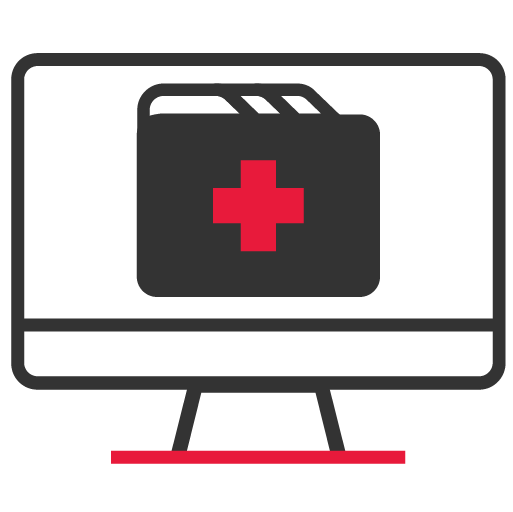
In the healthcare sector, patient portals and online services fulfil a variety of functions, including online appointment scheduling, digital assistance, and access to medical records. They almost always process sensitive data that requires special protection. It is therefore crucial to ensure that these systems are secure and cannot be misused by third parties.
As part of our security assessments, we offer a comprehensive examination of these systems, including:
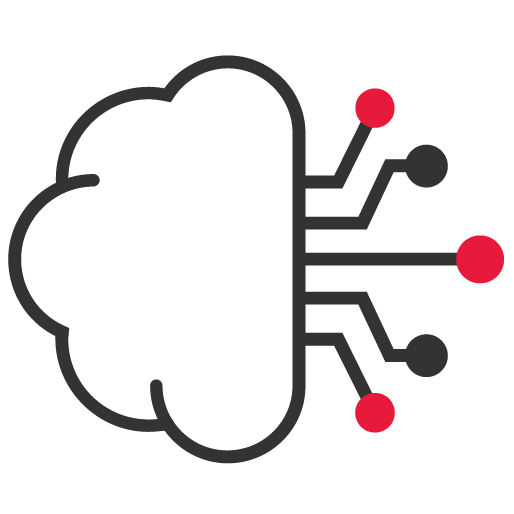
Hospitals have a large number of IT systems that are accessible on the internet, ranging from websites and mailing solutions to VPN gateways. If an attacker gains access to such a system, confidential data like mail communication is at risk of being compromised. Attackers can also exploit compromised systems as a pivot for further attacks within the network, enabling deeper infiltration.
To determine the security level of these and other systems, we offer a comprehensive portfolio of security testing services. Among others, we assess:
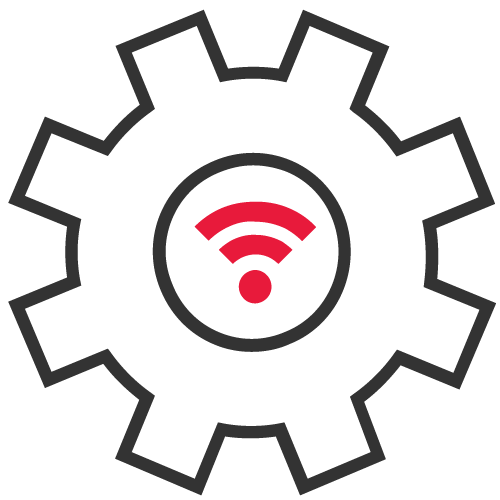
Hospitals and medical practices often have complex local networks comprising a large number of devices. These networks include workstations, data storage solutions, mobile devices, and specialized medical equipment that requires network access.
Unfortunately, the security measures in place to protect these networks are not always adequate. For instance, if no proper network segmentation is in place, unauthorized actors may gain access to the internal network via the guest Wi-Fi. Another threat scenario is the insufficient protection of network sockets in hospital rooms against (potentially malicious) external devices such as notebooks.
As part of our security analyses, we conduct comprehensive assessments of your local IT infrastructure and, among others, offer the following services:
In addition to these analyses, we offer relevant consulting services, addressing questions such as:
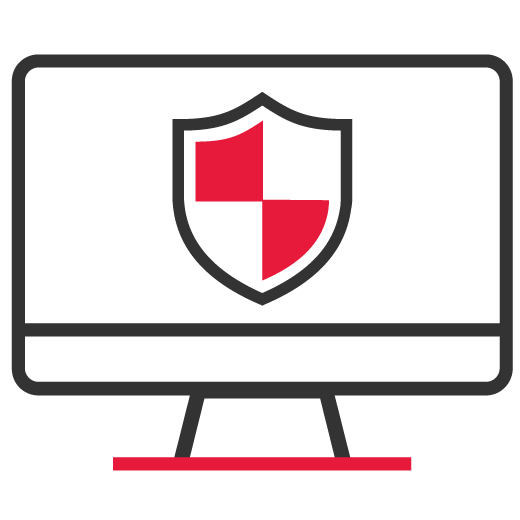
It is important to note that minimizing network attack vectors is only one part of a comprehensive security strategy. For instance, if an attacker were to gain access to a nurse's room and they could plug in a malicious USB stick to a hospital computer, they might get access to the internal network.
Comprehensive analyses therefore include an evaluation of on-site security measures, considering aspects like:
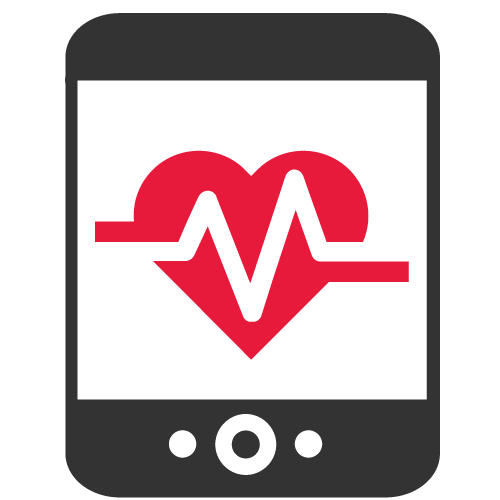
Smartphones and tablets have become an integral part of our daily lives and have also found application in medical practices and hospitals. These devices typically have access to the internal network and are thus considered part of the critical infrastructure. Our security assessments encompass both the devices themselves and individual applications, ensuring comprehensive coverage of all aspects.
As part of our security testing procedures, we verify the:
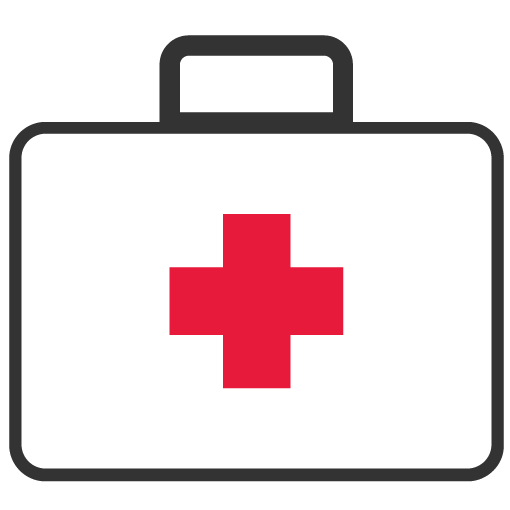
Whether a mobile patient monitor with Wi-Fi connectivity or a stationary respiratory apparatus with a network connection, modern medical equipment is interconnected via IT networks and therefore potentially susceptible to cyber attacks. In addition to these interfaces, there are other physical interfaces that allow for the manipulation and potential theft of personal data. In a worst-case scenario, sensitive data could be extracted or the device's firmware could be compromised via interfaces like USB.
We have many years of experience in testing this type of equipment and examine your systems – from the circuit board to the firmware. Our comprehensive testing process covers the following elements:

Dr. Antje Winkler